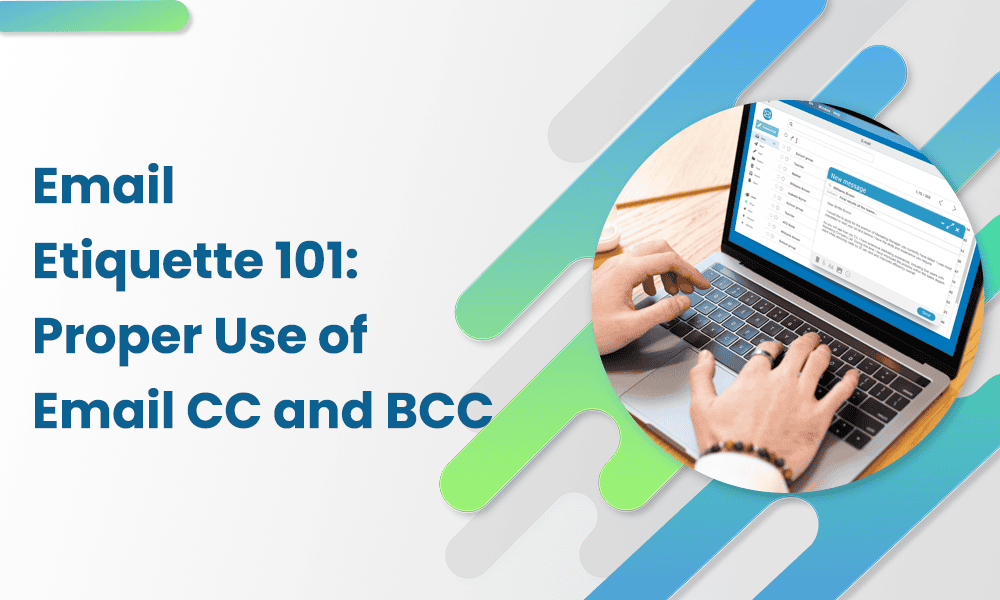Introduction
Email communication is a crucial part of both personal and professional life. Various features within email platforms help users manage their correspondence efficiently. One such feature is BCC (Blind Carbon Copy), which is widely used but often misunderstood. This article will explore what is BCC in email, how it functions, its benefits, and best practices for its usage.
Understanding BCC in Email
BCC stands for Blind Carbon Copy. It is an email feature that allows senders to add recipients without revealing their email addresses to other recipients in the email chain. Unlike the To and CC (Carbon Copy) fields, where all recipients can see each other’s email addresses, BCC ensures privacy by keeping the addresses hidden.
How Does BCC Work?
When composing an email, you will typically find three recipient fields:
- To: This is for the primary recipient(s) of the email.
- CC (Carbon Copy): This is used to copy other recipients who should be aware of the message but are not the main recipients.
- BCC (Blind Carbon Copy): Recipients added in this field receive the email but remain invisible to other recipients.
Benefits of Using BCC
1. Maintaining Privacy
One of the main reasons for using BCC is to protect recipient privacy. When sending an email to multiple people, BCC ensures that their email addresses are not exposed to others.
2. Reducing Email Clutter
When you use BCC, recipients won’t see long chains of email addresses. This makes the email appear cleaner and more professional.
3. Avoiding Unwanted Reply-All Responses
Since BCC recipients are hidden, they cannot engage in a “Reply All” conversation, preventing unnecessary back-and-forth replies that can be distracting.
4. Sending Mass Emails Efficiently
Businesses and organizations often use BCC to send newsletters, promotional emails, or announcements to a large group of people without revealing each recipient’s email.
5. Enhancing Security
By hiding recipient email addresses, BCC reduces the risk of email harvesting by malicious entities who might misuse publicly visible addresses.
When to Use BCC in Email
1. Sending Bulk Emails
When you need to send the same message to multiple recipients without them knowing who else received it, BCC is ideal.
2. Professional Correspondence
For official emails, especially when dealing with clients or stakeholders, BCC helps maintain a level of confidentiality.
3. Forwarding Important Information
When forwarding sensitive information, using BCC prevents the exposure of previous recipients’ email addresses.
4. Job Applications and Recruitment Emails
Hiring managers often use BCC when sending bulk emails to candidates to ensure privacy and professionalism.
Best Practices for Using BCC
1. Use BCC Wisely
Only use BCC when necessary to maintain privacy and efficiency. Overusing it might lead to confusion if recipients are unaware of who else received the email.
2. Avoid Over-Reliance on BCC for Confidential Emails
Although BCC hides email addresses, it does not encrypt the content. For sensitive data, consider using encrypted emails or secure messaging platforms.
3. Be Cautious with Auto-Responses
Some email clients may notify recipients when they are BCC’d. Always double-check your email settings.
4. Combine with a Personalized Greeting
Since recipients don’t see who else is receiving the email, use a neutral or personalized greeting instead of “Dear all” to make the email more engaging.
Common Misconceptions About BCC
1. BCC is the Same as CC
A common misunderstanding is that BCC and CC are interchangeable. While both copy additional recipients, BCC keeps them hidden, whereas CC reveals them.
2. BCC Prevents All Responses
BCC recipients cannot reply to all, but they can still reply to the sender individually.
3. BCC is Only for Large Email Lists
While commonly used for bulk emails, BCC is also useful in one-on-one emails where privacy is essential.
How to Use BCC in Popular Email Platforms
1. Gmail
- Open Gmail and click “Compose.”
- Click “BCC” (next to the “To” field).
- Enter the email addresses and send your message.
2. Outlook
- Click “New Email.”
- Select “Options” and click “BCC.”
- Add recipients and send.
3. Yahoo Mail
- Click “Compose.”
- Select “BCC” and enter the recipients.
- Click “Send.”
Conclusion
Understanding what is BCC in email helps in maintaining professionalism, privacy, and security while communicating. Whether you are sending business emails, newsletters, or confidential information, BCC is an essential tool to ensure efficiency and discretion. By following best practices and using it wisely, you can improve your email communication and prevent common pitfalls.



